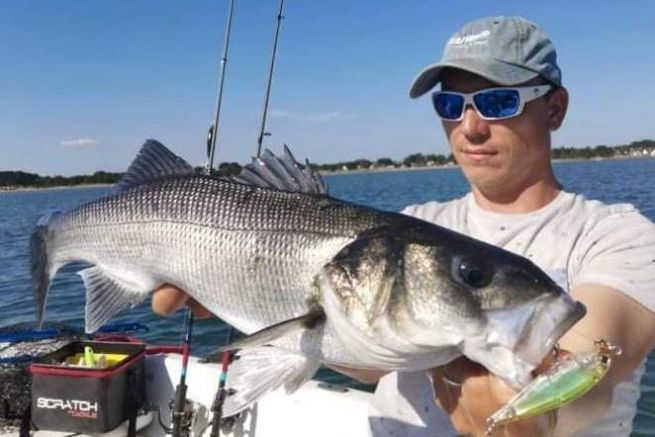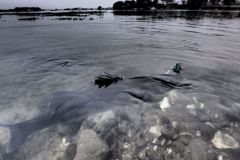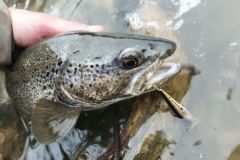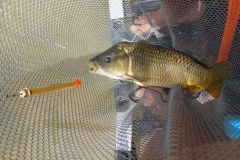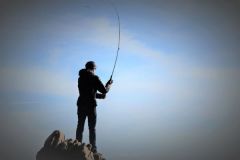Choosing the right lure is always a central question when you arrive at the water's edge. You observe the environment, the weather, the color of the water, the prey and decide accordingly... You can choose a lure that is particularly visible and provocative, or the opposite, to give it an elusive appearance.
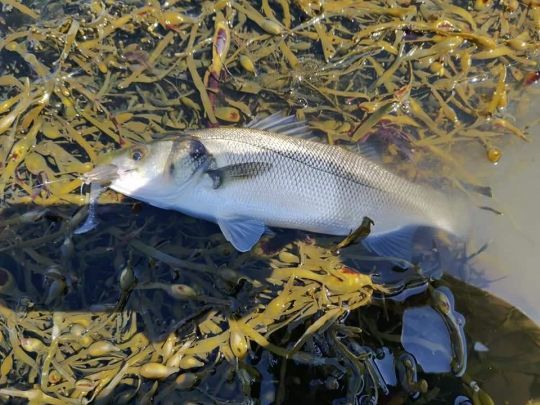
Flashy lures
Lures, which are particularly visible to us because of their fluorescent color and loud sound, are often used and effective in three specific contexts:
- Visibility is particularly poor due to the color of the water or ambient light.
- The activity is intense and the fish are on the hunt.
- The fish are completely apathetic and it is necessary to provoke them
Mimicry
In all other situations, let's say more common or even "normal", the starting strategy is often to imitate the prey of carnivores and choose natural colors. But there is a wide range of hues, contrasts and opacities. These parameters influence the location and identification of our lures. They sometimes have a major impact on our results.
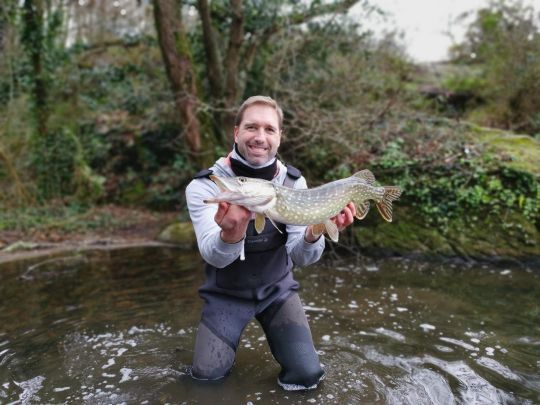
Fear of losing your prey
Indeed, by adjusting the lure's parameters, it blends more or less into the environment and can sometimes be difficult for predators to locate visually. Faced with this uncertainty, carnivores will be more inclined to make an attack, as they are not certain of having many opportunities to do so. This fear of losing prey is an element we must not overlook when choosing the color of our lure.
Contrast and middle color
For example, you will notice that many lures have a contrast between the color of the back and the belly. The first reason is that when viewed from above or below, the background is different. Seen from below, a lure's light belly blends into the light sky, while seen from above, the lure's dark back "disappears" against the often dark substrate. This mimicry accentuates the invisible nature of our lure and the desire to attack it before losing sight of it.
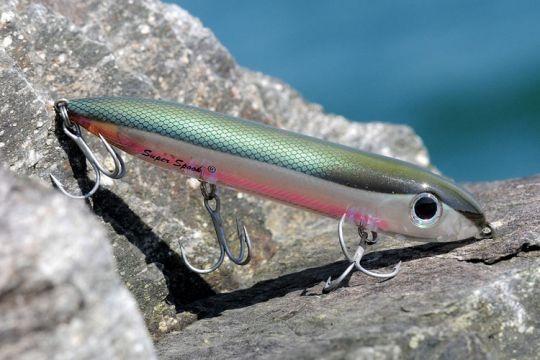
Contrast and rolling
The second reason why lures often have color contrast is linked to their swimming action. The rolling action, in which the lure flips over itself, has a precise objective: to make the back of the lure appear and then disappear in the eyes of predators. This contrast, combined with the visible/invisible alternation, creates great uncertainty and interest in the fish. They perceive our lure only intermittently and are then more inclined to attack it.
Transparency
The lure's opacity is also a parameter which goes in this direction. Light rays pass through the body of transparent lures, which are then very poorly perceived by predators. They feel the vibrations, "hear" the beads, but find it difficult to see them precisely, and are therefore always uncertain whether they can make a precise attack... So when the opportunity presents itself, they seize it!
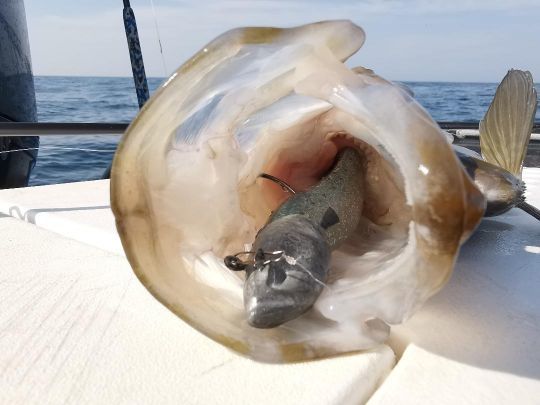
Invisible but audible
Even if your lure is somehow "invisible" or difficult to locate, it is still perfectly identified by predators. The vibrations and sounds emitted are perceived far and wide by the lateral line of the fish. Night fishing is proof of this!
